aluminum steel transition joints
Among them, the mechanical properties of steel are very superior, and aluminum has the advantages of strong corrosion resistance, good thermal conductivity, low density, and high specific strength. Therefore, more and more scholars are studying how to combine the two in order to obtain aluminum steel transition joints that have the advantages of both. However, due to the large differences in thermophysical metallurgy (melting point, density, crystal structure, thermal conductivity, coefficient of linear expansion, etc.) and chemical properties between aluminum and steel, the reliability of their connection joints has become a key issue affecting the high-quality manufacturing of components. Therefore, the research on the welding process of aluminum/steel alloy is particularly important.
The main method of aluminum/steel dissimilar metal welding
According to the characteristics of the aluminum steel transition joints, domestic and foreign scholars have used a variety of welding methods to study aluminum steel transition joints alloy welding, including fusion welding, brazing, pressure welding, and hybrid welding.
(1) Fusion welding When steel and aluminum are fusion welded, the welded joint is prone to produce intermetallic compound (IMC). These IMCs often deteriorate the mechanical properties of the welded joint. In order to suppress its formation, often controlling the fusion ratio of steel is the key to research. Common fusion welding includes electron beam welding, laser welding, arc welding, resistance welding and so on.
(2) Brazing and pressure welding Due to the different melting points of aluminum/steel, general steel is not meltable, so aluminum steel transition joints often have the characteristics of welding and brazing, such as aluminum/steel laser brazing. Pressure welding is a method of applying pressure to the weldment to complete the welding. Brazing and pressure welding Because one side of steel or both sides of steel and aluminum remain solid during the welding process, compared to fusion welding, the thickness of the IMC layer is small and easy to control. Pressure welding mainly includes friction welding and diffusion welding.
(3) Hybrid welding Hybrid welding is a combination of fusion welding, brazing and pressure welding
The advantages of this, and strive to get better performance welded joints. Such as: welding-brazing, welding-pressure welding, pressure welding-brazing, etc.
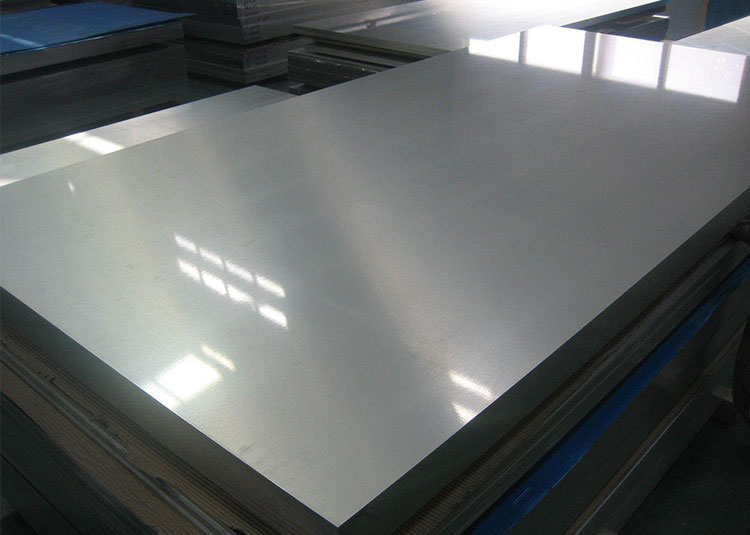
Aluminium Sheets
View Details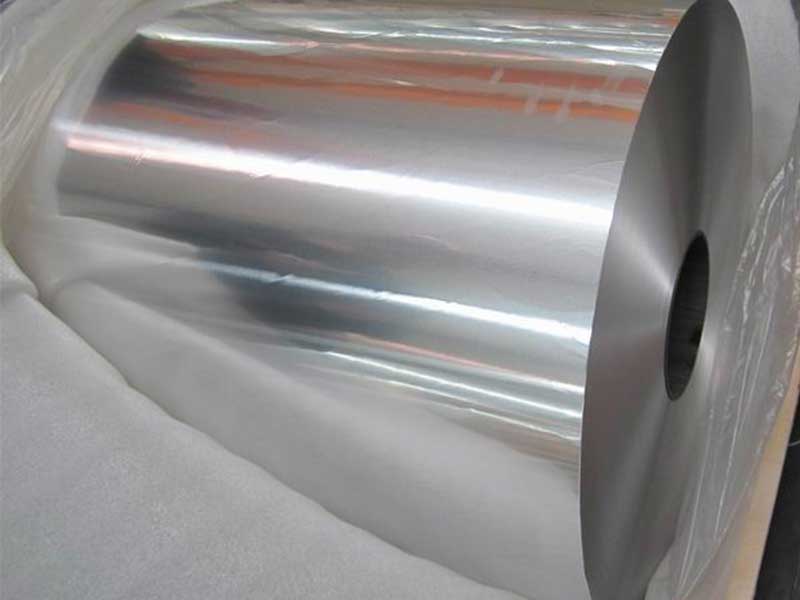
Aluminium Coils
View Details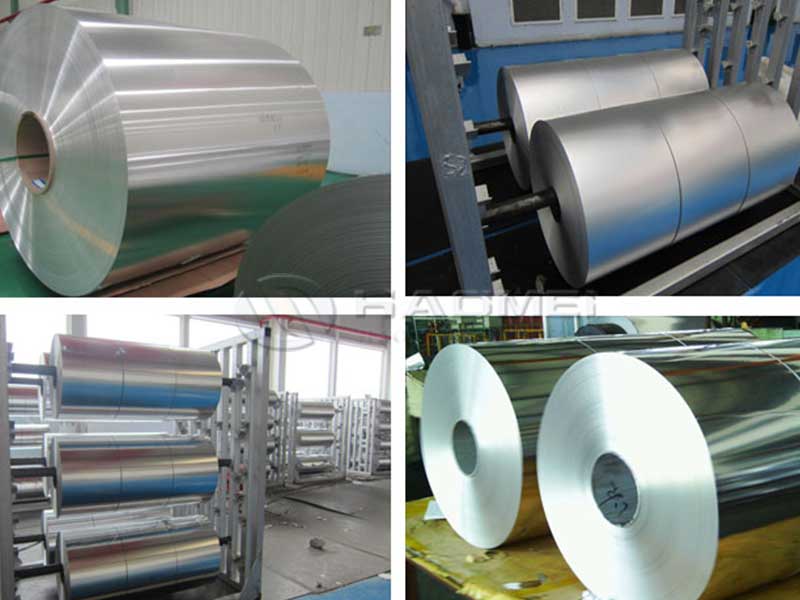
Aluminium Foils
View Details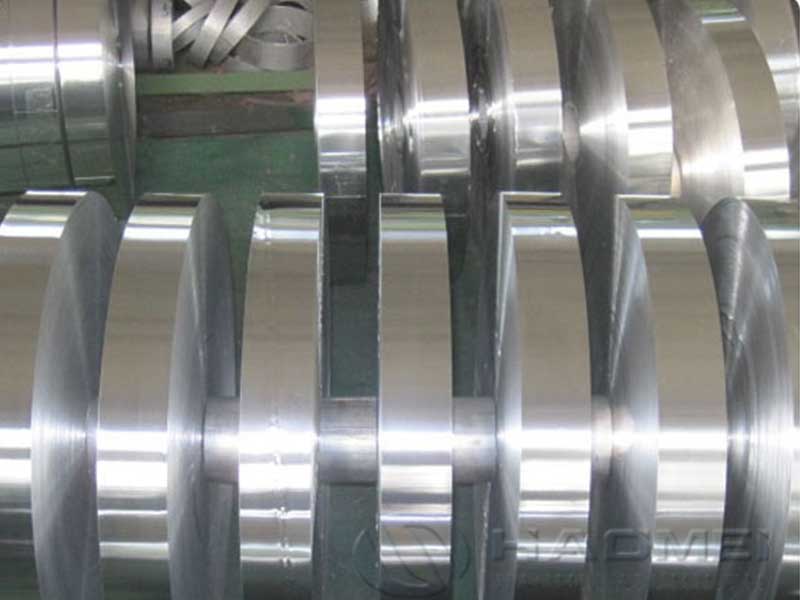
Aluminium Strips
View Details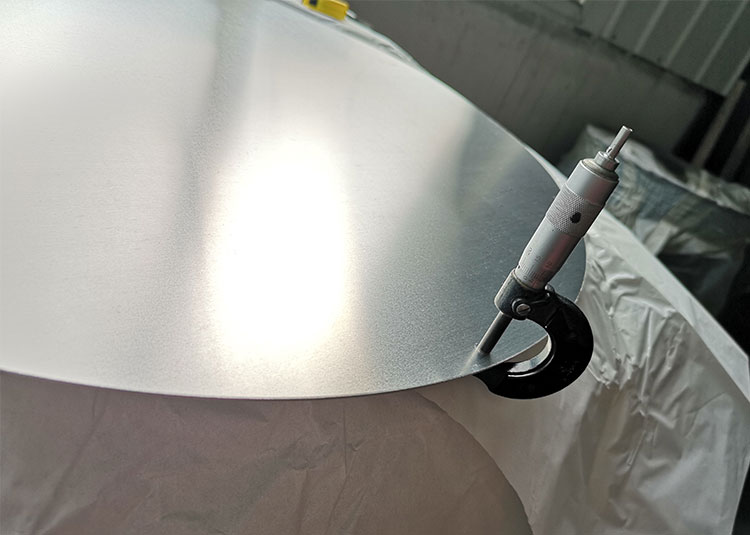
Aluminium Circles
View Details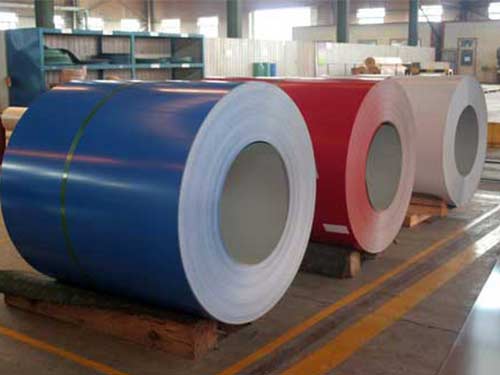
Coated Aluminium
View Details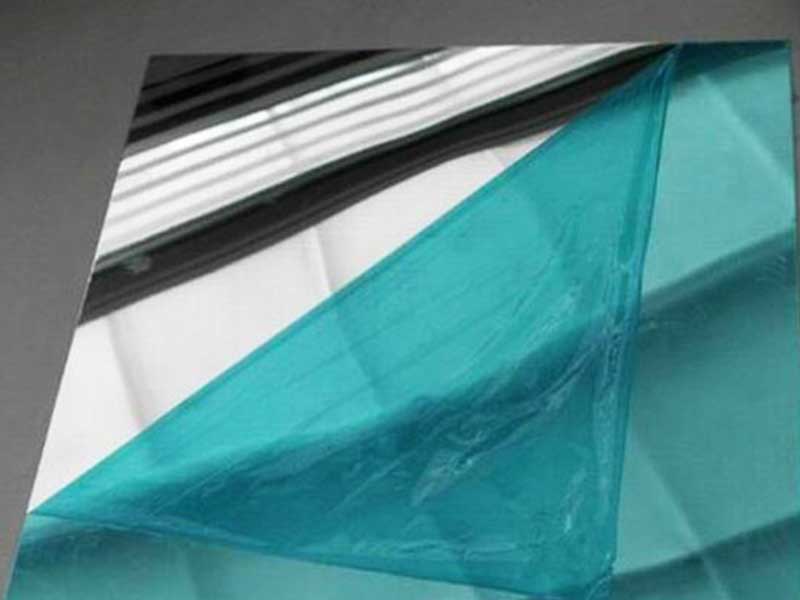
Mirror Aluminum
View Details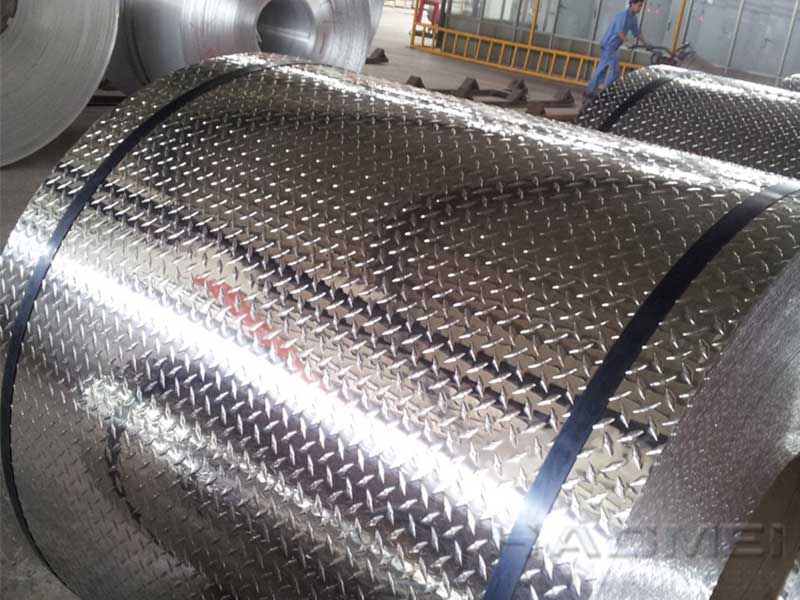
Stucco Embossed Aluminum
View DetailsSteel
- Self Lubricating copper steel...
- Stainless steel clad plate
- Research on Effect of Steel Sh...
- Explosion Bonded Copper Clad S...
- Copper clad steel plate for co...
- Steel aluminum Triply Clad Cir...
- Titanium clad steel plate for...
- Titanium aluminum stainless st...
- Electrolytic steel claw
- Explosion Welding Aluminum Ste...
- Aluminum / Titanium / Carbon S...
- aluminum steel transition join...
- Aluminium -Chromium-Steel Mult...
- aluminum stainless steel conne...
- armoured armor clad steel plat...
- copper clad steel strip for bu...
- Aluminium Stainless steel tran...
- aluminum clad steel plates
- Titanium Stainless Steel Clad...
- Aluminum laminated stainless...